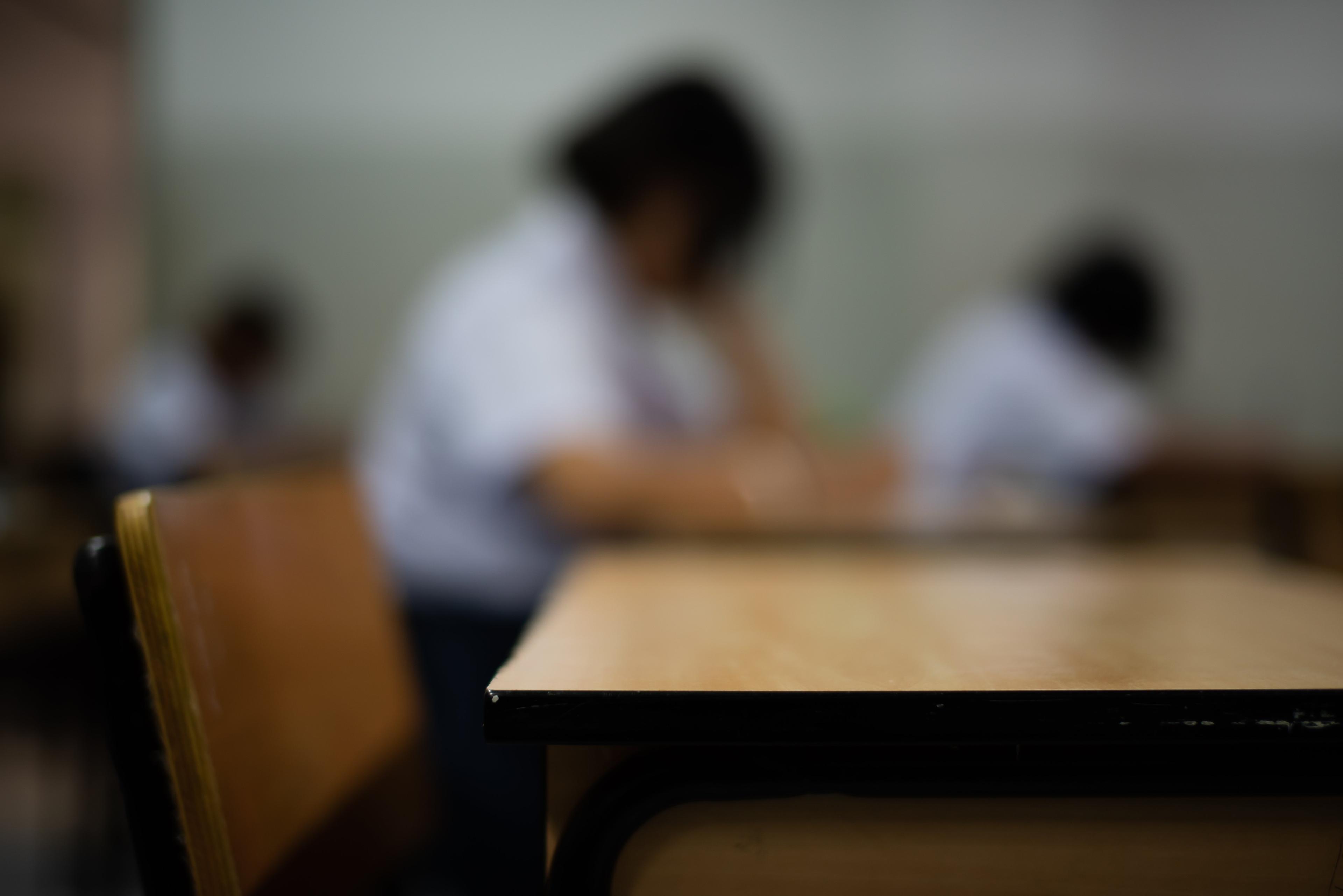Teaching methods that encourage different learning styles
Educators want to reach every student, but pupils exhibit a variety of learning styles. When 25 to 35 young minds converge in one classroom, making the subject matter meaningful to all of them presents a formidable challenge.
The traditional method of lecturing while students take notes only works for a select few. However, some techniques tailor themselves to a multitude of educational preferences. Here are four teaching methods that encourage diverse learning styles.
Montessori Method
Dr. Elizabeth Montessori, an Italian educator, physician, and scientist, originated this method in 1906. She
worked with disadvantaged children with little to no prior educational experience and experienced considerable success with hands-on activities.
The Montessori method centers on the philosophy that a child’s education
should touch all aspects of their personhood: social, emotional, physical, and academic. Students get a choice in activities — teachers set up their classrooms with several independent workstations so each learner can explore their preferences.
This methodology is unique in that it features multi-age groupings of students. This dynamic allows younger students to learn from their more experienced peers. Older ones benefit from added information retention — once they explain a concept to another, it sticks in their memory.
Unlike traditional classrooms,
students are not limited by constant teacher guidance. Rather, they are free to make discoveries independently. This practice allows children with different learning styles to learn at their own pace instead of their instructor dictating what lessons they master.
They also have more liberty to move around instead of being expected to remain at their desk and heed restricted spaces.
Experiential Learning
Experiential learning incorporates many features of the Montessori method, although educators typically use it in traditional K-12 schools and with much older learners. It’s based on the research of Daniel Kolb and also helps in corporate training.
In a traditional classroom, the teacher introduces the lesson and reviews key concepts before permitting students to work independently. In this method,
experience comes first and foremost, followed by reflection, thinking, and then acting.
For example, teachers might present students with baking soda and vinegar and ask them to combine them in a beaker to observe the effects. Learners then reflect on their findings and apply their thinking skills to research why this mixture creates the chemical reaction.
They may culminate the activity by building a science fair-style display of a volcano with a posterboard explanation of the process.
Collaborative Learning
Collaborative learning can benefit diverse learning styles in multiple ways. Of course, maximum effectiveness with this methodology hinges on teacher effectiveness.
This form of learning works best when the instructor
provides clear learning goals and provides instructions on each group member’s role before letting students pursue their objectives. Additionally, mixed-ability groups allow more advanced learners to elevate those who need extra guidance.
To modify this teaching strategy for diverse learning styles, instructors can group individuals with various strengths. For example, they may pair a visual learner with a tactile and auditory one to allow all to contribute their unique viewpoints to the whole.
Technology in Education
The current pandemic brought technology in education to the forefront, but these advances offer a significant tool for teaching various learning styles. Once teachers acquaint their students with research skills, they can set them free to explore their varying interests. Teachers can also deploy technology as a method for accommodating different learning styles when it comes to evaluation.
For example, they can
use talk-to-speech readers when taking reading comprehension tests so students with visual challenges who struggle with written words on a page can hear the excerpt content.
Such techniques could substantially improve standardized test scores while rendering more accurate measures of genuine ability.
Embrace These Teaching Methods to Encourage Diverse Learning Styles
Educators should embrace features of the four teaching methods outlined above to encourage diverse learning styles. Such methodologies stand a better chance of meeting the most students.
About the Author

Ginger Abbot is an education and lifestyle writer with a passion for learning. Read more of her work on Classrooms.com, where she serves as Editor when she’s not freelancing.


